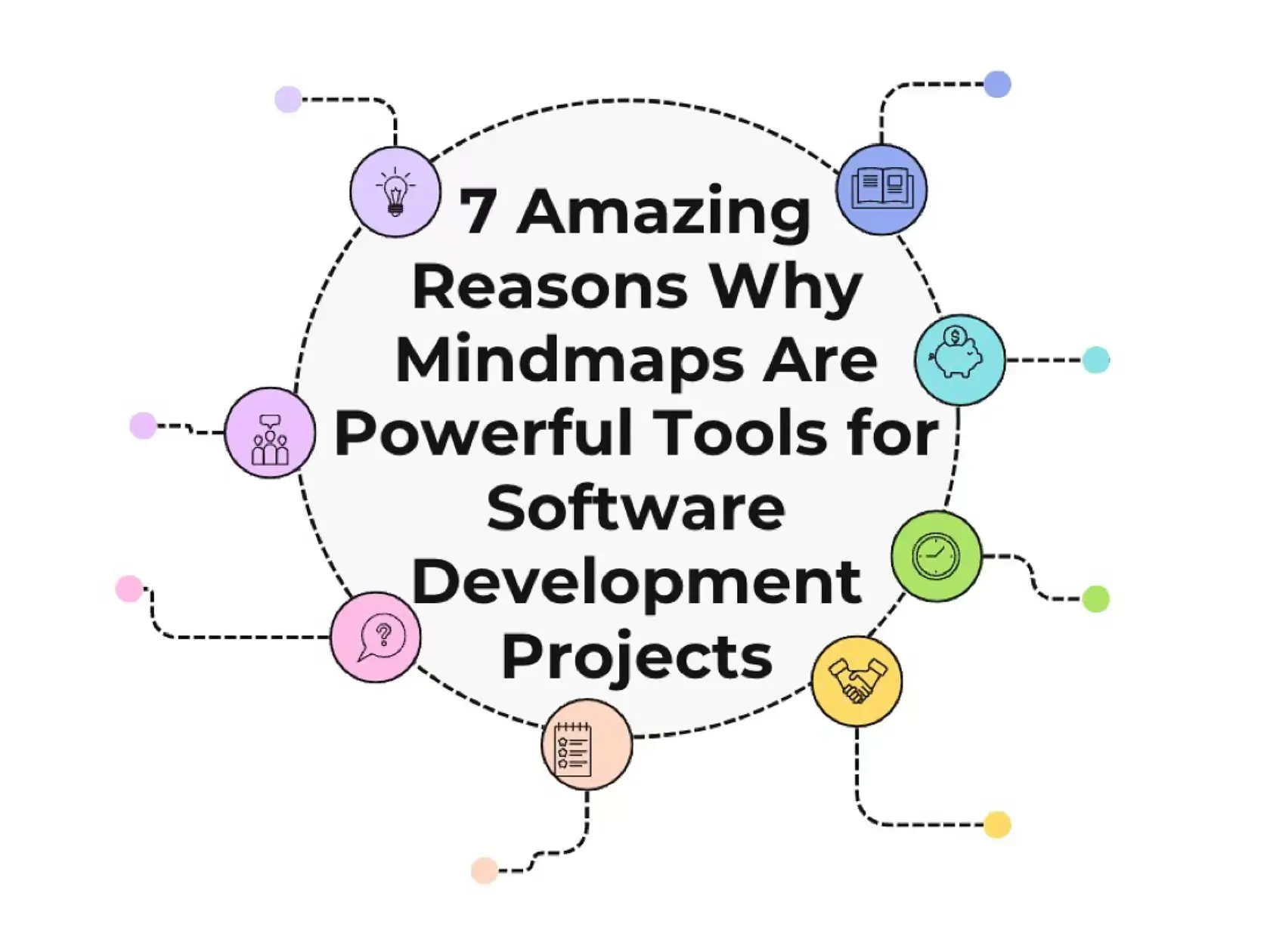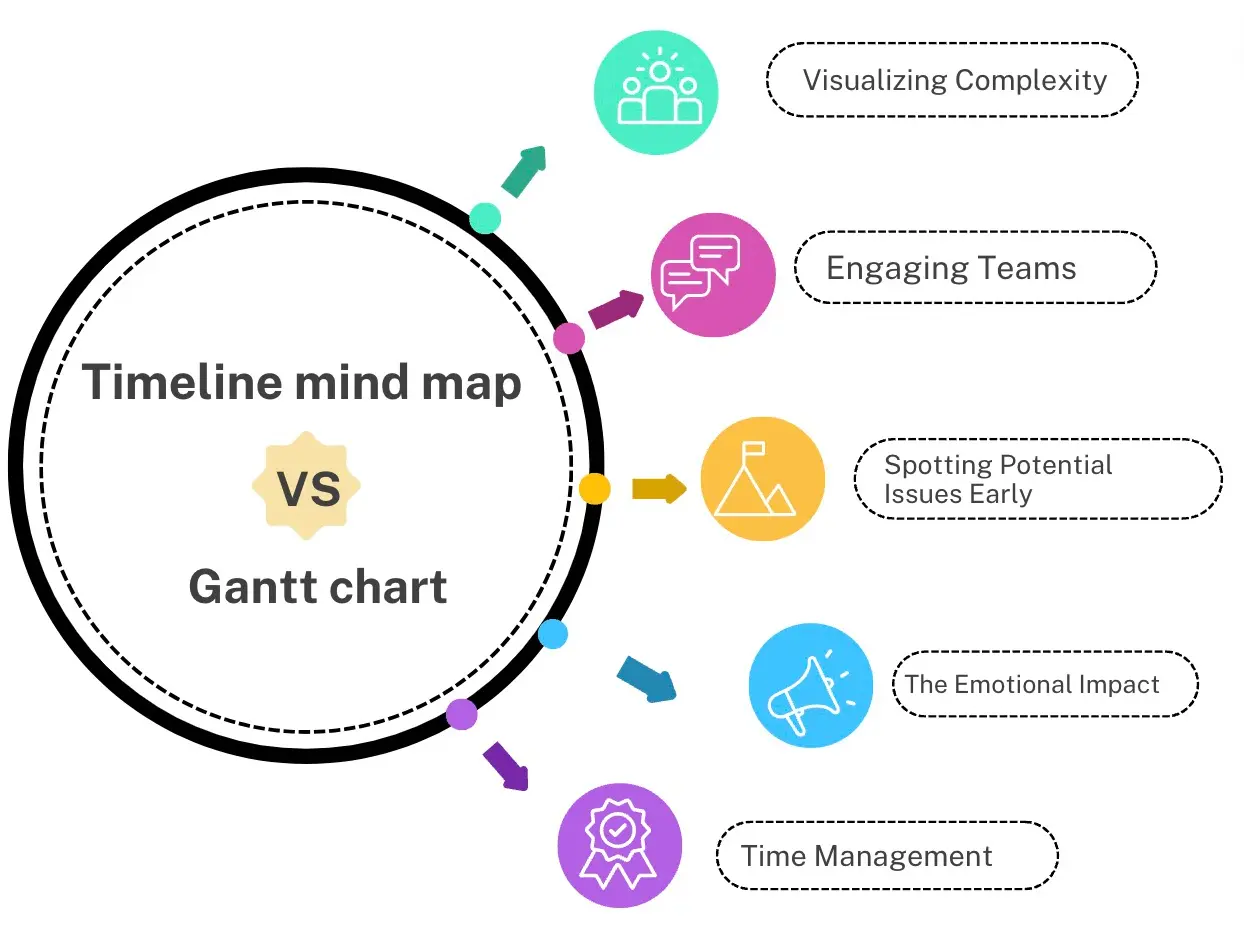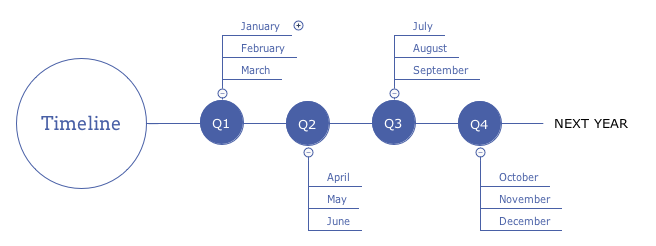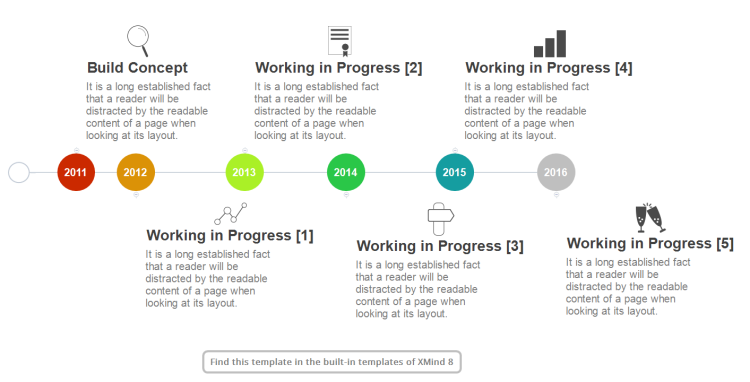
7 Amazing Reasons Why Mindmaps Are Powerful Tools for Software Development Projects
Discover seven incredible ways mindmaps can transform software development projects, making them more organized, collaborative, and innovative.
Education Consultant

When managing projects, two of the most popular tools that come to mind are Timeline Mind Maps and Gantt Charts. Both have their strengths and are used by professionals worldwide, but which one should you choose? In this article, we’ll dive deep into the features, benefits, and ideal use cases for each tool, helping you make an informed decision. By the end, you’ll discover why Timeline Mind Maps might be the powerful choice you’ve been overlooking.
Timeline Mind Maps are a visual tool that combines the linear progression of time with the flexible, branching structure of a mind map. They allow you to map out events, tasks, or milestones along a timeline while also showing how these elements relate to one another. This tool is particularly effective for brainstorming, planning, and organizing information in a way that highlights the temporal sequence and interconnections between tasks.
On the other hand, Gantt Charts are a more traditional project management tool that displays tasks along a timeline in the form of a bar chart. Each task is represented by a horizontal bar, with its length indicating the duration of the task. Gantt Charts are excellent for tracking project progress, allocating resources, and ensuring that deadlines are met. However, they are typically more rigid and less flexible than Timeline Mind Maps.
One of the most amazing features of Timeline Mind Maps is their inherent flexibility. Unlike Gantt Charts, which are linear and often rigid, Timeline Mind Maps allow you to easily adjust the structure of your plan. Need to add a new task or rearrange the order of events? With a Timeline Mind Map, it’s as simple as dragging and dropping elements to their new locations. This adaptability makes them particularly useful in dynamic environments where project requirements are likely to change.
Gantt Charts, in contrast, can be more challenging to modify. While many project management tools allow you to update tasks and dependencies, the process is often more time-consuming and complex, especially when dealing with large projects. This can lead to frustration and inefficiency, particularly when managing projects with many moving parts.

Image from: Biggerplate
When it comes to visualizing complex projects, Timeline Mind Maps truly shine. Their branching structure allows you to represent not just the order of tasks but also the relationships between them. This makes it easier to see how different aspects of your project are interconnected, leading to a more holistic understanding of the project as a whole.
While Gantt Charts do provide a clear view of the timeline and task dependencies, they can become cluttered and difficult to read as the number of tasks increases. This is especially true for large projects with multiple teams, where the sheer volume of information can make the chart overwhelming. Timeline Mind Maps, with their more intuitive and flexible layout, can help you keep track of everything without feeling bogged down by the details.
One of the key advantages of using Timeline Mind Maps is their ability to foster collaboration. The visual and intuitive nature of mind maps makes them more engaging for team members, encouraging participation and input. This collaborative approach can lead to more creative solutions and a stronger sense of ownership over the project.
Gantt Charts, while effective for project tracking, can sometimes feel more like a management tool than a collaborative one. The linear, task-focused structure can make it difficult for team members to see the bigger picture or feel involved in the planning process. By contrast, Timeline Mind Maps invite contributions and make it easier for everyone to see how their work fits into the broader project.

Image from: Biggerplate
One of the most powerful benefits of using Timeline Mind Maps is their ability to help you spot potential issues before they become problems. Because Timeline Mind Maps offer a clear, visual overview of the project, it’s easier to identify bottlenecks, overlapping tasks, or resource constraints. This proactive approach can save time and reduce the risk of delays, ensuring that your project stays on track.
While Gantt Charts do allow for some level of issue spotting, their linear format can make it harder to see the big picture. Dependencies are often represented by lines connecting tasks, which can become difficult to interpret in complex projects. This can lead to missed issues and, ultimately, project delays.
Effective time management is crucial for any project, and this is another area where Timeline Mind Maps excel. By combining a timeline with a mind map, these tools help you prioritize tasks and stay focused on what matters most. The visual nature of Timeline Mind Maps makes it easier to see which tasks are critical and which can be deferred, helping you allocate your time and resources more effectively.
Gantt Charts also support time management, but their focus on task duration and deadlines can sometimes lead to a more reactive approach. While it’s important to track progress against deadlines, this can sometimes result in a narrow focus on individual tasks rather than a broader understanding of how the project is progressing as a whole.

Image from: Agenda Community
Finally, it’s important to consider the emotional impact of the tools you use. Timeline Mind Maps, with their engaging and collaborative nature, can help create a more positive working environment. Team members are more likely to feel involved, valued, and motivated when they can see how their work fits into the bigger picture. This positive atmosphere can lead to increased productivity and better overall results.
Markdown Text Gantt Charts, while effective for project tracking, can sometimes feel more like a management tool than a collaborative one. This can lead to a more transactional approach to work, where tasks are simply completed to meet deadlines. While this approach can be effective, it may not foster the same level of engagement and motivation as a more collaborative tool like Timeline Mind Maps.

Image from: ResearchGate
| Comparison Aspect | Timeline Mind Maps | Gantt Charts |
|---|---|---|
| 1. Understanding the Basics | Visual tool combining the linear progression of time with the flexible branching structure of a mind map. Ideal for brainstorming and organizing information in a temporal sequence. | Traditional project management tools display tasks along a timeline as a bar chart. Ideal for tracking project progress and allocating resources. |
| 2. Flexibility | Highly flexible, allowing easy adjustments by dragging and dropping elements. Best for dynamic environments. | Less flexible, modifications can be time-consuming and complex, especially in large projects. |
| 3. Visualizing Complexity | Excels at visualizing complex projects with its branching structure, making relationships between tasks clear. | Provides a clear view of timelines and dependencies but can become cluttered and difficult to read as complexity increases. |
| 4. Engaging Teams | More engaging and collaborative, encouraging team participation and input, leading to creative solutions. | Primarily a management tool, can feel less collaborative and may not foster as much team involvement. |
| 5. Spotting Potential Issues Early | Provides a clear visual overview, making it easier to identify potential issues like bottlenecks or resource constraints. | This can make issue spotting more challenging due to the linear format and complexity of interpreting dependencies. |
| 6. Time Management | Helps prioritize tasks and stay focused by visually representing critical tasks and their importance. | Focuses on task duration and deadlines, which may lead to a more reactive approach rather than proactive management. |
| 7. Emotional Impact | Creates a positive working environment by fostering collaboration, and making team members feel valued and motivated. | Can feel more transactional, focusing on task completion rather than fostering engagement and motivation. |
In conclusion, while both Timeline Mind Maps and Gantt Charts have their place in project management, Timeline Mind Maps offer several powerful advantages that make them an amazing choice for many projects. Their flexibility, ability to visualize complexity, and potential to foster collaboration and positive working environments are just a few of the reasons why you might choose Timeline Mind Maps over Gantt Charts. So, if you’re looking for a tool that can adapt to your needs, help you see the big picture, and keep your team engaged, a Timeline Mind Map might be exactly what you need. Whether you’re managing a small project or a large, complex initiative, Timeline Mind Maps offers a versatile and powerful solution that can help you achieve your goals more effectively.

Discover seven incredible ways mindmaps can transform software development projects, making them more organized, collaborative, and innovative.
Education Consultant
.C5FiwSKU_Z2vm2yk.webp)
Learn how to use Timeline Mind Maps for effective event planning, organizing tasks, deadlines, and milestones to ensure a smooth and successful event.
Education Consultant

Discover 5 powerful ways to integrate mindmaps in healthcare to enhance patient care, team collaboration, research, and more.
Education Consultant